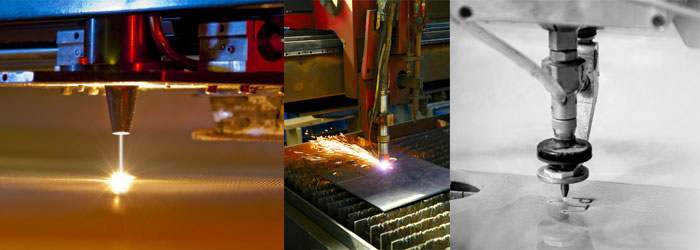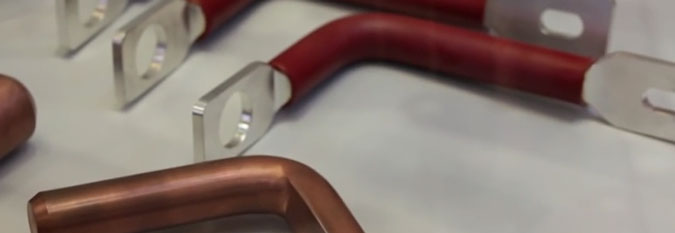Today Sir James Dyson announced that he is to open his own institute to train engineers stating that the UK needs another million engineers in software, hardware and electronics by 2020 if UK companies are to remain competitive.
The institute, based in Malmesbury, Wiltshire will open in the Autumn of 2017 with an initial intake of 25 students and will offer a four year engineering degree in partnership with the University of Warwick. Students will be paid a salary while studying and will not pay tuition fees, but most importantly in the world of engineering, students will work on live projects alongside mentors and research staff allowing them to get hands on, real life experience.











Recent Comments